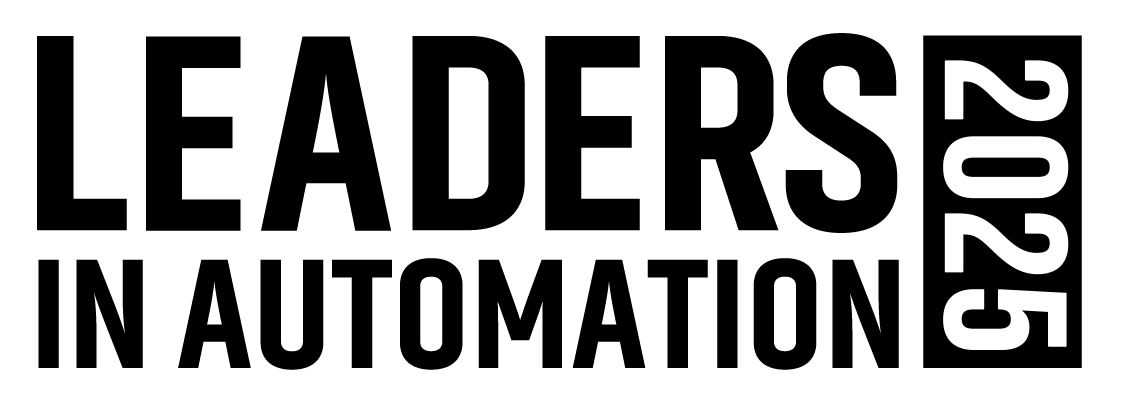As the Industrial Internet of Things (IIoT) gains momentum, one of the biggest bottlenecks the manufacturing industry faces is the inability to share information between smart devices that may be speaking different languages. This communication gap stems from the multiple protocols that populate the plant floor. So, while you can put a sensor on a machine to gather data, the ability to push that information across a network and ultimately “talk” with other systems is a bit more difficult to do.
Now, there is a need for a plant floor lingua franca—or at the very least, a way to standardize data sharing across production line machines.
Understanding that it requires collaboration to create an IIoT interoperability standard, three automation groups have joined forces to create a foundation for sharing IIoT information.
The Organization for Machine Automation and Control (OMAC), OPC Foundation, and PLCopen, which have worked independently on different aspects of automation standardization, are now combining efforts to create companion specifications for the standards and protocols they’ve already developed in order to allow seamless IIoT interoperability.
Here’s how:
- One of OMAC’s major initiatives has been promotion of the ISA-TR88.00.02 automation standard commonly known as PackML. Manufacturers and machine builders worldwide have implemented ISA-TR88 on various control platforms to increase speed to production, ease packaging line integration and improve reliability. While PackML defines machine modes, states and tag naming conventions, it does not specify a communications protocol.
- The OPC Foundation’s Unified Architecture (OPC UA) is an industrial interoperability framework. It delivers information modeling with integrated security, access rights, and all communication layers to provide plug and play machine-to-machine (M2M) communication inside factories. It is scalable across the plant floor and from sensor to IT enterprise and cloud scenarios. OPC and PLCopen—which is focused around IEC 61131-3, the only global standard for industrial control programming—worked together to define a set of function blocks to map the IEC 61131-3 standard for industrial controls programming to the OPC UA information communication model. The latest version was released earlier this year.
- To take their efforts to the next level, OMAC and the OPC Foundation have established a global taskforce including individuals from each organization to develop a companion specification for ISA-TR88/PackML and OPC UA by the end of 2016.
- Lastly, the collaborative efforts by these standards organizations will align with the Industrial Internet Consortium’s goal to ultimately identify and define building blocks for interoperability that make smart factories and IIoT possible.
“Standards are needed to support communications from machine-to-machine and from the plant floor to interfaces that will allow large scale data analytics and information transfer,” said John Kowal, a member of OMAC’s Board of Directors, co-chair of the Industrial Internet Consortium’s Smart Factory Task Group, and business development director for B&R Industrial Automation Corp. “It just makes sense for these organizations which have individually done so much to advance automated manufacturing to collaborate and avoid redundant developments.”
For more of a more hands-on look at what OMAC, OPC Foundation and PLCopen are doing, you can find them exhibiting next to each other at PACK EXPO International in Chicago on November 6-9th at McCormick Place.
About the Author
Stephanie Neil
Editor-in-Chief, OEM Magazine

Leaders relevant to this article:
